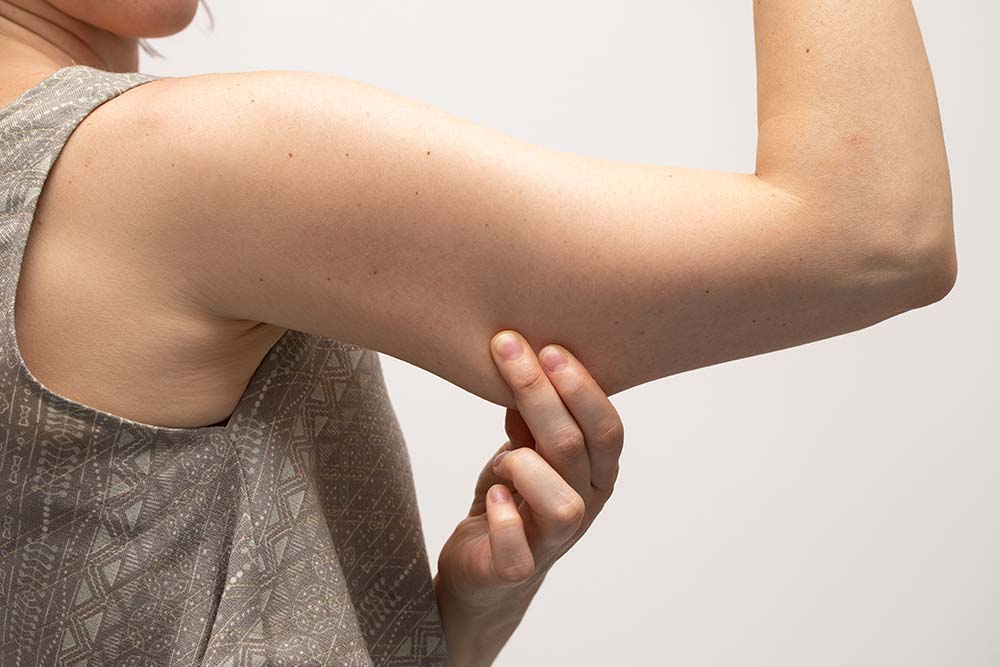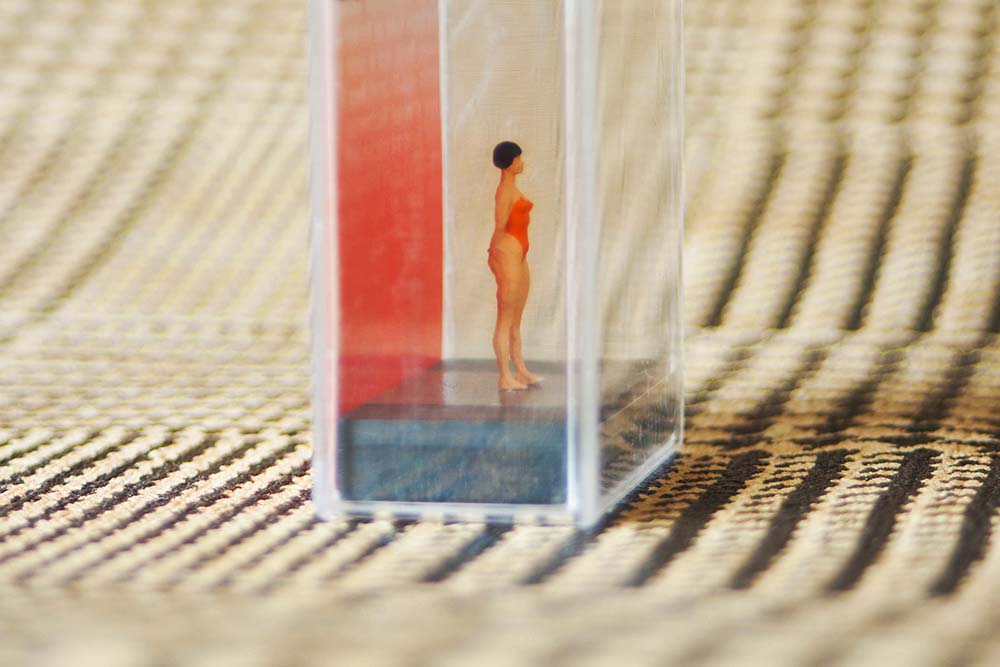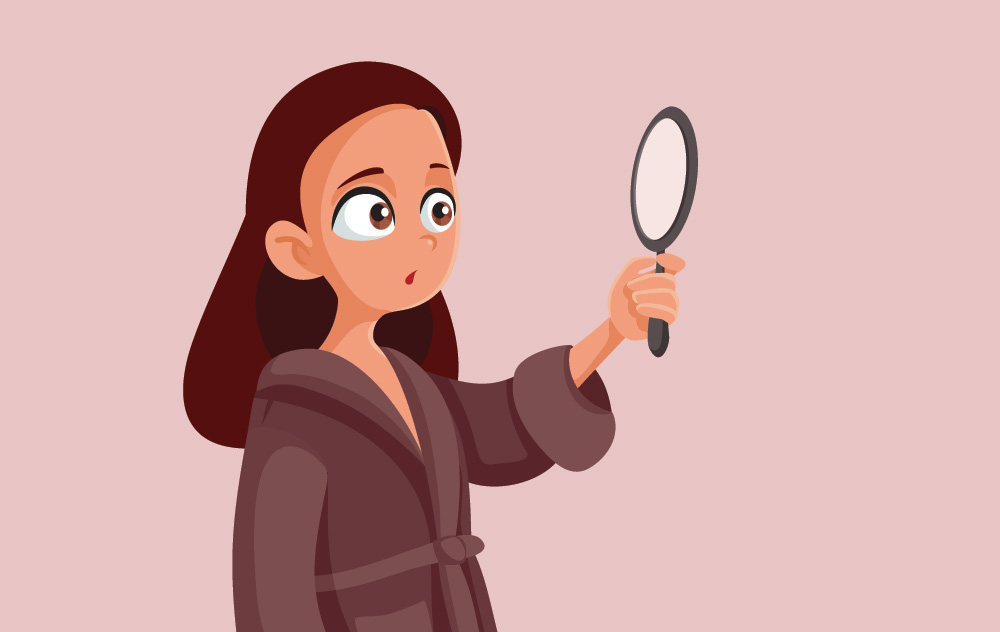You must have come across the law passed by the country of Norway, which disallows influencers and celebrities to retouch or add filters to their photos before sharing them on social media. While this law has been heavily debated upon, a common point shared by both sides is the effects these heavily edited pictures have on the consumers. In the last couple of years, with the popularity of different social media apps, there has been a growing concern about what looks “good enough” for the internet, and a constant scrutiny on the way you look. This has further led to a range of health issues, both psychological and physical, one of which is body dysmorphic disorder. Let us see what it entails and whether social media has somewhat influenced it.

What Is Body Dysmorphic Disorder?
Simply put, body dysmorphic disorder or BDD is characterised by a preoccupation with imagined defect(s) in appearance, which they believe look ugly, unattractive, abnormal, or deformed. “Even if a slight physical anomaly is present, the person’s concern with it is excessive and bothersome. These can be concerns with facial features, like nose or acne, hair concerns, weight, height, and even muscles. It is an excessive concern with one’s body image almost like a preoccupation that is intrusive, unwanted, time-consuming, difficult to resist, and involves ritualistic behaviours,” says Ms Kamna Sarin, clinical psychologist at Sukoon Health, Gurgaon.
Causes
Ms Sarin points out that body dysmorphic disorder typically starts in the early teenage years and affects both males and females. Even though there is no direct cause of BDD, there are some biological, psychological, and environmental factors that may cause it, such as:
• Low self-esteem or self-image.
• Negative life experiences; for example, bullying, trauma and neglect.
• Personality traits like perfectionism.
• Societal pressure or expectations of beauty.
• Family history of anxiety, depression or any other mental health concerns.
• Poor social support.

Signs And Symptoms
According to Ms Sarin, the signs and symptoms of BDD are as follows:
• Preoccupation with one or more perceived physical flaws or imperfections that are not visible or look minor to others.
• Performing repetitive behaviours (e.g., mirror checking, excessive grooming, skin-picking, reassurance seeking) or mental acts (e.g., comparing his or her appearance with that of others) in response to appearance concerns.
• Preoccupation causes clinically significant distress or impairment in social, occupational, or other important areas of functioning.
• Avoiding mirrors or trying to hide your body part under a hat, scarf, or makeup.
• Constantly exercising or grooming.
• Constantly comparing yourself with others, or always asking other people whether you look okay.
• Avoiding social activities in fear of others pointing out your ‘flaws’.
• Seeing many healthcare providers about your appearance or visiting surgeons to ‘fix’ flaws.
• Feeling anxious, depressed, and ashamed of one’s body.
Further, Ms Mehezabin Dordi, clinical psychologist, rehabilitation, and sports medicine department, Sir HN Reliance Foundation Hospital, Mumbai, adds, “Preoccupation with your looks, as well as obsessive thoughts and repetitive actions, can be unwelcome, difficult to manage, and time-consuming, causing significant distress or problems in your social life, work, education, and other areas of functioning. One or more parts of your body may be the centre of an individual's obsessive attention. The aspect on which you concentrate may shift over time.”
She also shares that social isolation and loneliness are two complications of body dysmorphic disorder that can affect school and job. Individuals with BDD are more likely to have significant depression, OCD, social phobias, and are at a higher risk of suicide ideation.

Diagnosis
BDD is diagnosed by a medical practitioner when the preoccupation with physical appearance is excessive and causes distress and dysfunctionality in daily living. Ms Sarin explains, “BDD is often misdiagnosed due to the shame and stigma associated with one’s body image. There are standardised assessments, wherein a test is administered to the patient for diagnosis as well.”
Treatment Plan
There is a layered approach when it comes to the treatment of BDD. Ms Sarin elucidates, “The treatment plan usually follows a biopsychosocial model, which includes pharmacotherapy and psychotherapy.” This is how it usually goes:
• Medication helps at the neurobiological level with SSRIs and Tricyclic drugs, whereas Cognitive Behaviour Therapy (CBT) focuses on appearance-related thoughts and beliefs. The aim is to identify and evaluate current ways of thinking and to develop more accurate and helpful appearance beliefs.
• The behavioural aspects focus on learning to face and feel more comfortable in situations (such as social situations) that may be avoided or endured with anxiety.
• The treatment also helps reduce problematic compulsive behaviours, for example, mirror checking and comparing with other people through exposure therapy. The aim of psychotherapy is to develop healthier, more adaptive coping behaviours.

Role Of Social Media
There’s no denying that social media plays an integral part in how we see and experience the world around us. So, it can be said that it does affect the way we view ourselves. “Stereotyped concepts of beauty emphasised in certain families, and within the culture at large, may significantly affect patients with body dysmorphic disorder. With excessive use of social media, the idea to look picture perfect perpetuates the feeling of inadequacy in one’s body. Using filters, making one look flawless often increases our beauty standard and highlights the need to look a certain way,” says Ms Sarin.
She goes on to add, “Additionally, self-esteem is directly proportional to the comments and likes one receives increasing the need for validation and reassurance as well making one vulnerable to trolls and bullying. What may start as an opinion, becomes a dysfunctional belief which leads to an excessive internalisation of the way we look and society's standard and further becomes at risk of developing into a disorder.”
Therefore, it is important to change our approach when it comes to accepting our bodies not for the way they look but for its ability to fully function or being 'abled bodies'. “As informed mental health practitioners, we need to make conversations around ‘body neutrality’ more accessible to the masses and break away from the societal stereotypes of the ‘perfect body’,” she signs off.